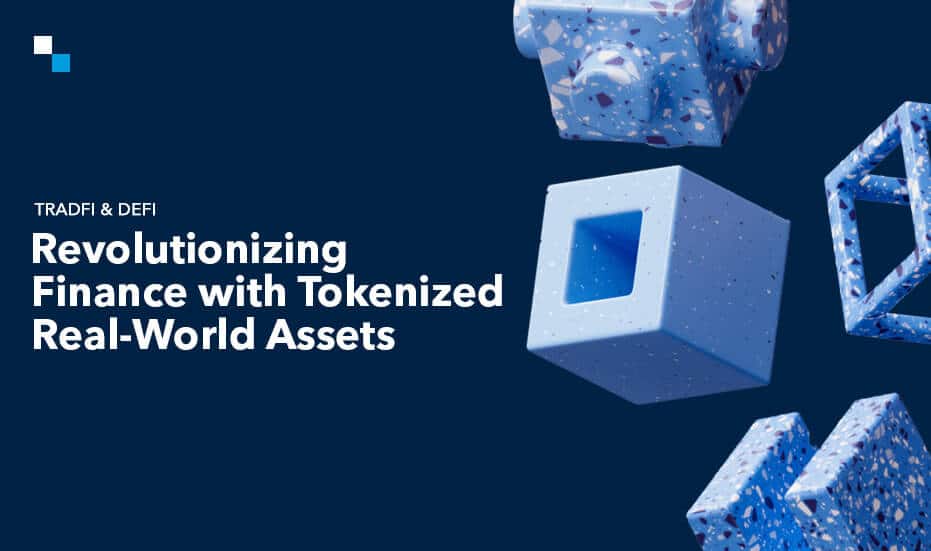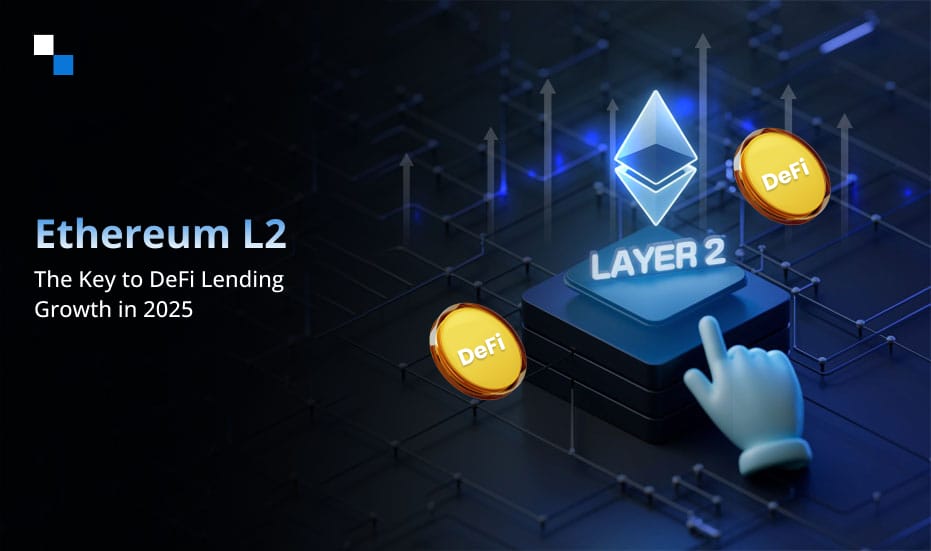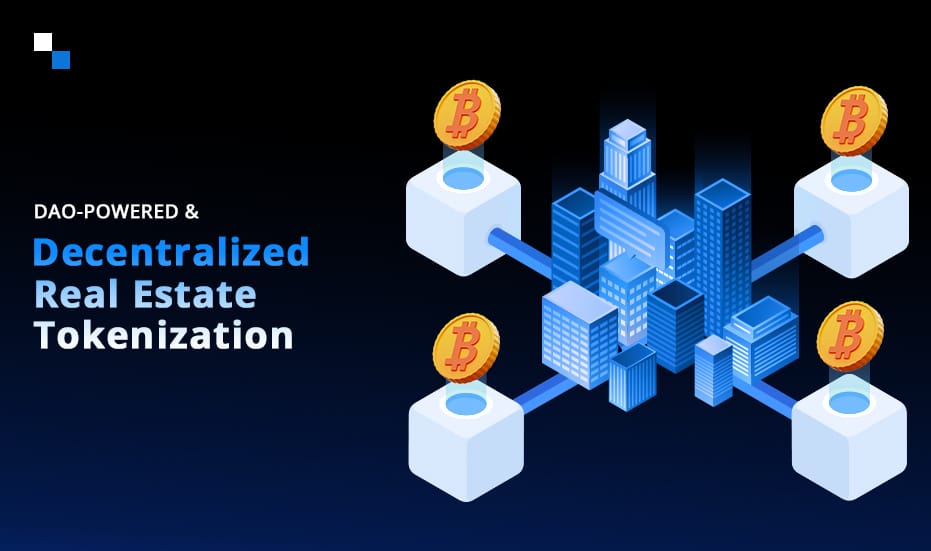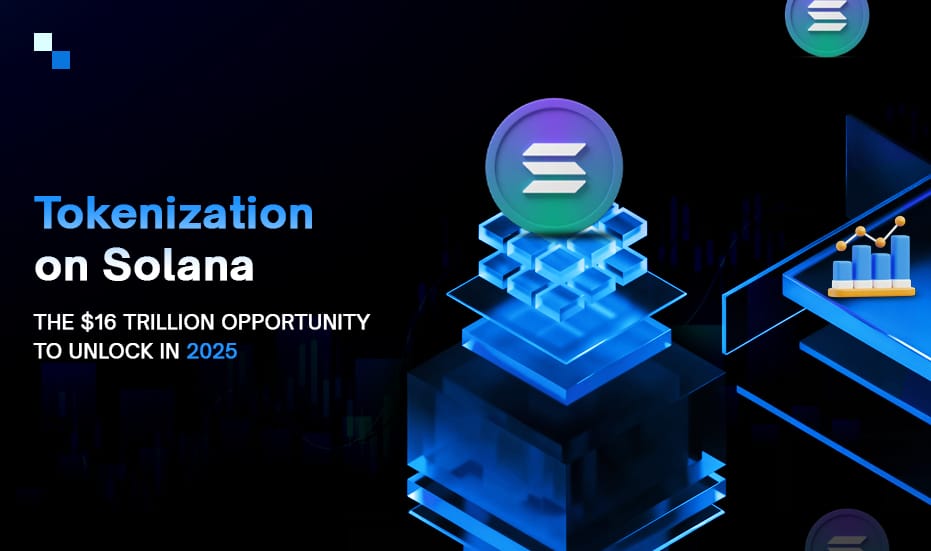
2024’s Top AI Crypto Trading Bot Picks To Master The Market
May 7, 2024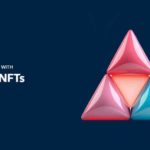
What Are ZkSync NFTs and How Do They Work?
May 8, 2024The financial landscape is undergoing a seismic shift. Traditional Finance (TradFi), long established and rule-bound, is increasingly finding itself face-to-face with the revolutionary spirit of Decentralized Finance (DeFi). At the heart of this convergence lies a powerful tool: tokenization of real-world assets (RWAs). This blog dives deep into this transformative trend, exploring its potential to reshape how we invest, manage assets, and access financial services.
Unveiling the Power of Tokenization
Tokenization essentially involves creating a digital representation of a physical or financial asset on a blockchain. This digital token captures ownership rights and key characteristics of the underlying asset, enabling a paradigm shift in TradFi and DeFi:
- Fractional Ownership: Previously, high-value assets like real estate or fine art were only accessible to a select few due to the significant upfront investment required. Tokenization allows these assets to be divided into smaller, tradable units, making them accessible to a broader investor base. Imagine co-owning a Picasso through fractions of a token representing the painting!
- Enhanced Liquidity: Traditionally, illiquid assets like private equity or venture capital investments could take years to realize their value. Tokenized versions of these assets can be traded on secondary markets, increasing liquidity and allowing investors to exit positions more easily. Need immediate cash? Sell your share of a tokenized venture capital fund on a DeFi exchange.
- Streamlined Transactions: Blockchain technology facilitates secure and transparent transactions, potentially reducing the time and costs associated with traditional asset transfers in TradFi. Say goodbye to mountains of paperwork and hello to faster, more efficient asset transfers.
- Global Reach: Tokenized assets can be traded on decentralized exchanges, transcending geographical boundaries and opening doors for global investment participation. Anyone from anywhere in the world can now invest in a piece of the London Eye or a slice of Californian vineyard.
Building Bridges: How Tokenization Benefits TradFi and DeFi
The convergence of TradFi and DeFi through tokenized RWAs presents a win-win scenario for both sectors:
Benefits for TradFi:
- Unlocking New Capital Sources: Tokenization allows TradFi institutions to tap into the vast liquidity pools of DeFi, facilitating access to new funding sources and potentially lowering financing costs. This can fuel innovation and growth within traditional financial institutions.
- Enhanced Efficiency: Streamlined processes through blockchain technology can reduce administrative burdens and transaction costs associated with asset management in TradFi. Imagine automating tedious tasks and freeing up resources for more strategic endeavors.
- Reaching New Investor Pools: Tokenized RWAs can attract a wider range of investors, including those who may not have traditionally participated in specific asset classes. This can bring new capital and energy into traditional markets.
Benefits for DeFi:
- Real-World Asset Integration: DeFi, often criticized for its reliance on volatile cryptocurrencies, can leverage the stability and value of tokenized RWAs, potentially attracting new users and fostering broader adoption. By incorporating real-world assets, DeFi can offer more stability and security to users.
- Increased Use Cases: Tokenization opens doors for innovative DeFi applications beyond cryptocurrency trading. Imagine decentralized lending protocols using tokenized real estate as collateral or borrowing against fractional ownership of a valuable commodity. The possibilities are endless!
- Enhanced Security and Transparency: Blockchain technology underpins tokenization, offering a secure and transparent foundation for DeFi transactions, building trust and user confidence. This can address concerns about security and transparency that have plagued DeFi in the past.
Crossing the Chasm: Challenges and Considerations
While the potential of tokenized RWAs is undeniable, there are challenges to overcome before widespread adoption becomes a reality:
- Regulatory Uncertainty: Regulatory frameworks surrounding tokenized assets are still evolving. Clear regulations are crucial to address concerns about investor protection, money laundering, and market manipulation. Regulators need to find a balance between fostering innovation and protecting investors.
- Technical Infrastructure: Scalability and interoperability of blockchain platforms need further development to handle the potential surge in transactions associated with tokenization of various asset classes. Blockchain technology needs to be able to handle the increased demand without sacrificing security or speed.
- Market Awareness and Education: Building trust and educating investors about the intricacies of tokenized RWAs requires ongoing efforts to overcome initial skepticism and ensure informed participation. Educational initiatives can help potential investors understand the benefits and risks of this new asset class.

The Road Ahead: A Future Forged in Collaboration
The convergence of TradFi and DeFi through tokenized RWAs represents a significant leap forward in financial innovation. As regulatory frameworks adapt, technological infrastructure evolves, and investor education expands, we can expect to see a vibrant ecosystem emerge, driven by collaboration between TradFi institutions and DeFi innovators.
Here are some potential future scenarios:
- Tokenized Securities: Stocks, bonds, and other traditional securities could be readily tokenized, facilitating fractional ownership and global investment opportunities. Imagine investing in a fraction of a Tesla stock or owning a piece of a corporate bond issued by a global company.
- Decentralized Asset Management: DeFi platforms could offer sophisticated asset management services built on tokenized RWAs. These services could allow users to create diversified investment portfolios with a blend of tokenized stocks, real estate, and other assets. Imagine building a globally diversified portfolio with just a few clicks.
- Hybrid Financial Products: Blending the strengths of TradFi and DeFi, we might see novel financial products emerge. These products could leverage tokenization to offer new risk-adjusted investment options. For example, a TradFi institution might offer a structured product that combines tokenized real estate with a DeFi insurance protocol, providing investors with potential for returns and downside protection.
Conclusion
The convergence of TradFi and DeFi through tokenized RWAs is not just a technological advancement – it’s a fundamental shift in the way we interact with and manage assets. By harnessing the power of blockchain technology, we can unlock new investment opportunities, streamline financial processes, and create a more inclusive and accessible financial system for everyone. As this exciting space continues to evolve, one thing is certain: the future of finance will likely be shaped by the ongoing dialogue and collaboration between the established world of TradFi and the innovative spirit of DeFi.
